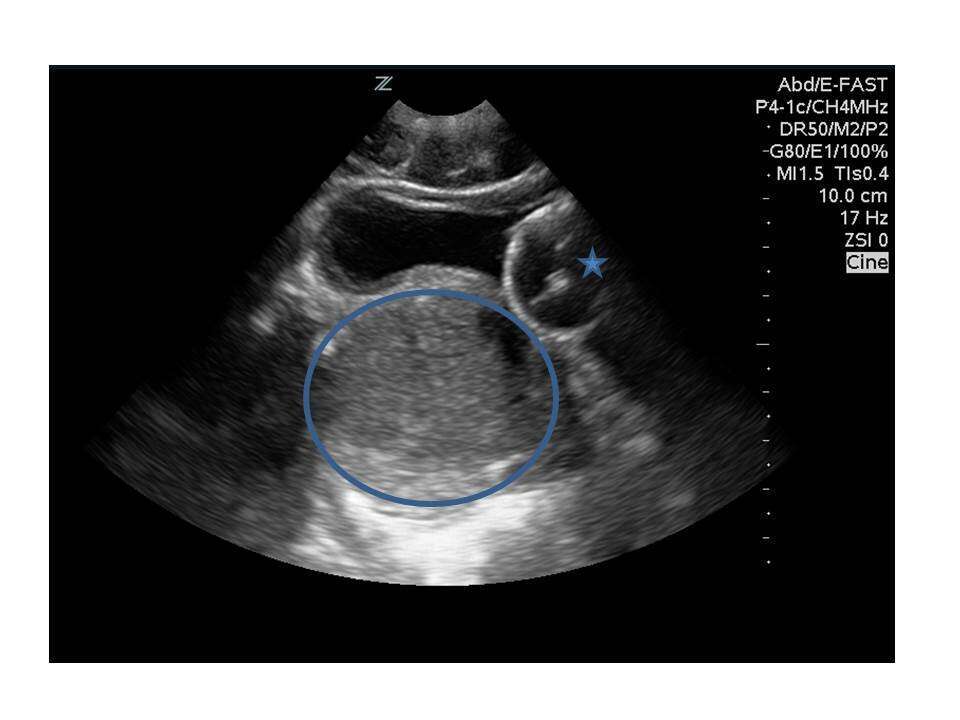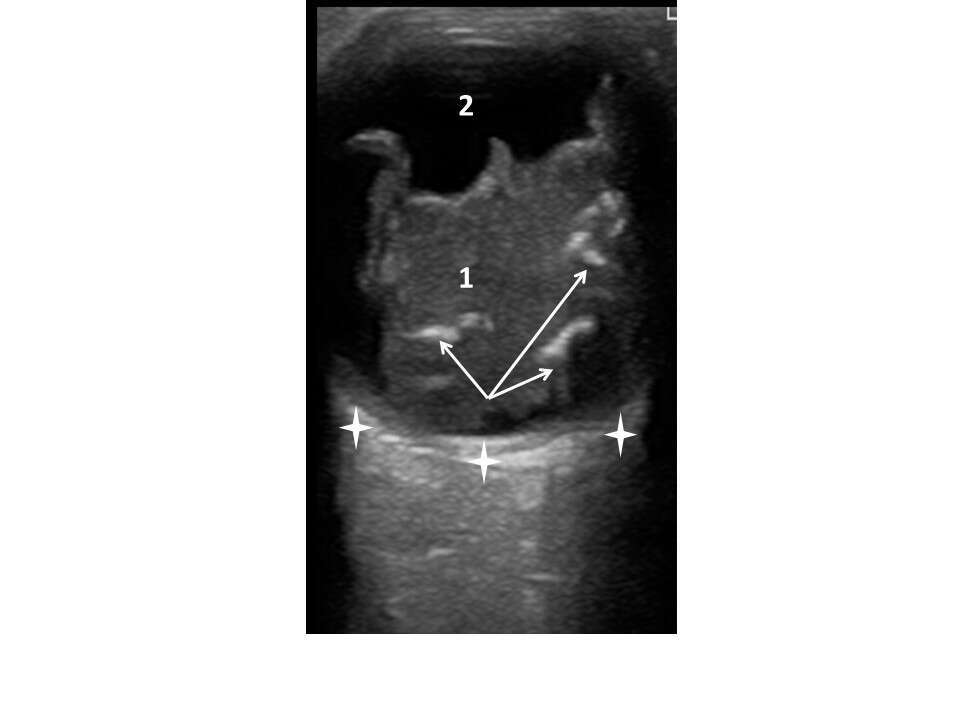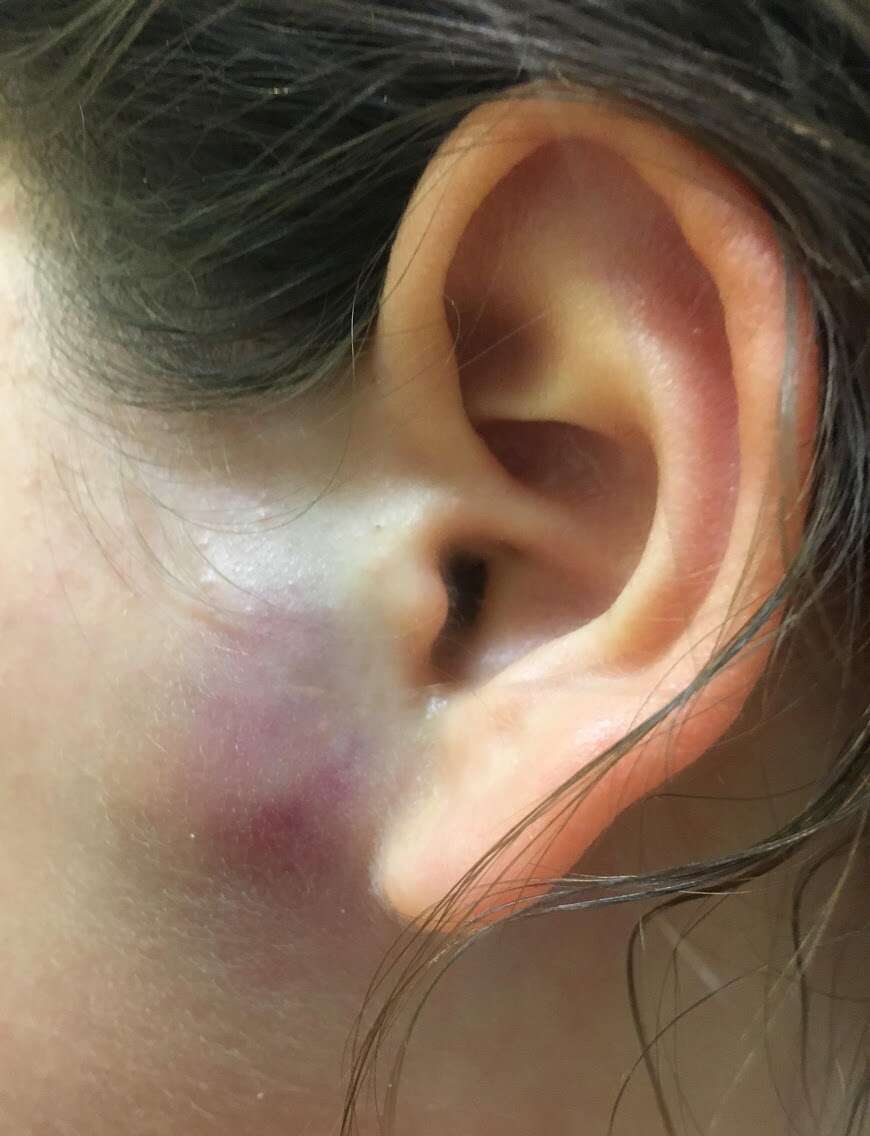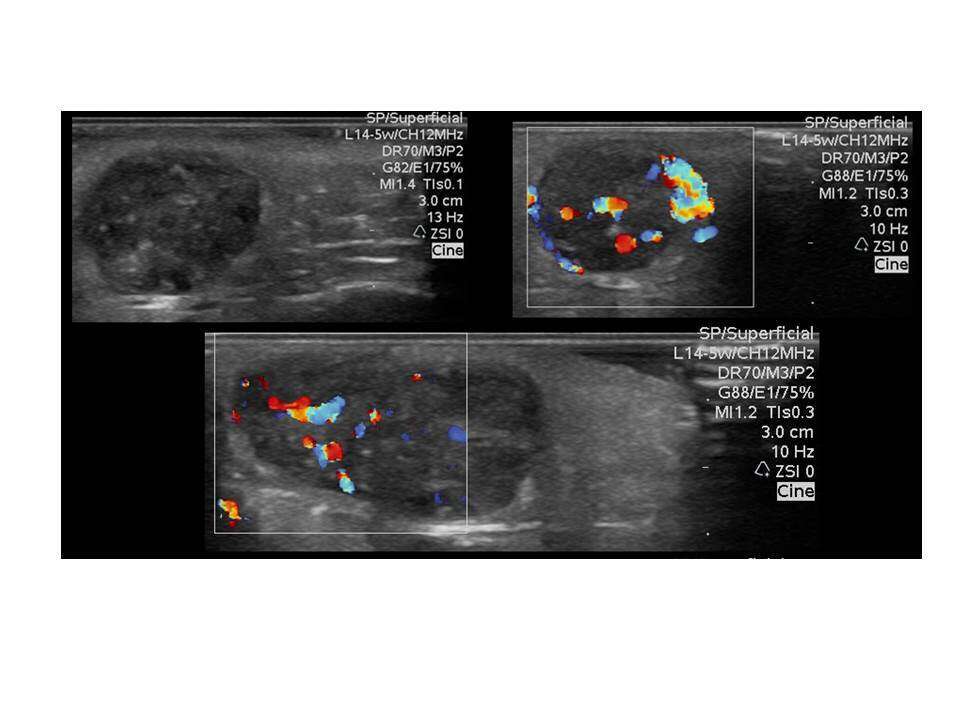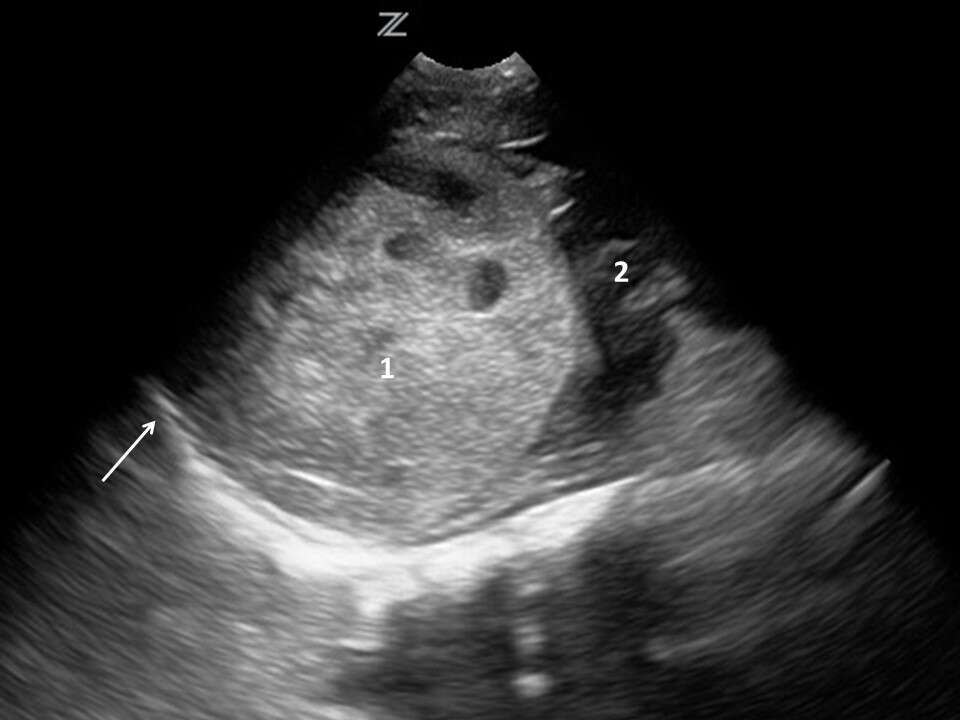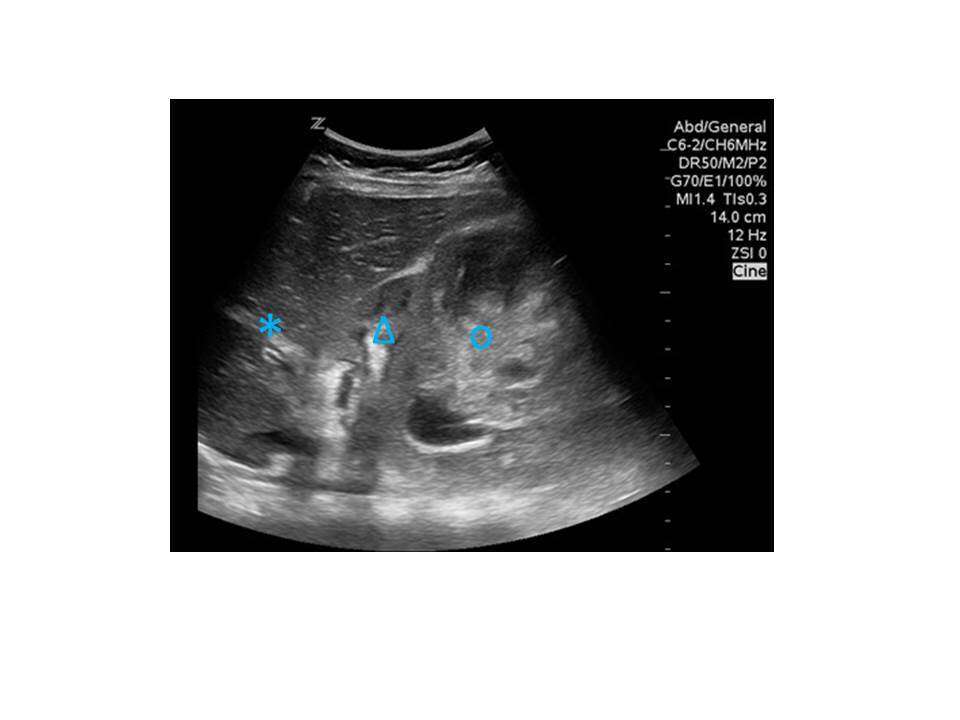Point of care ultrasound (POCUS) has become an integral part of pediatric emergency care. ACEP states that “US [ultrasound] fulfills the concept of ‘staged imaging,’ where the use of US first can answer important clinical questions accurately without the expense, time, or side effects of advanced imaging or invasive procedures”. There exist a number of case reports describing the rare POCUS diagnosis of cystic structures and solid masses. However, the literature on the POCUS diagnosis of solid masses remains sparse. To date, no case series exists describing the evaluation of solid masses by POCUS in a single center.
Here, we report six cases of a mass identified by the author, a novice sonographer in a pediatric emergency medicine fellowship, using POCUS, from January of 2017 to May of 2018. Identification of these cases early in presentation allowed earlier involvement of the relevant specialist, shorter time to diagnosis and treatment, and can be expected to increase parent satisfaction as well.
